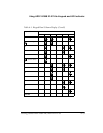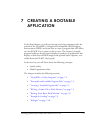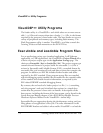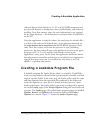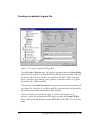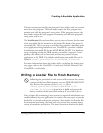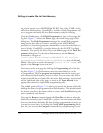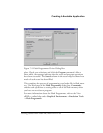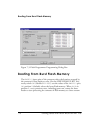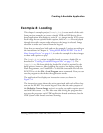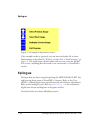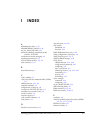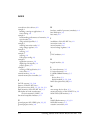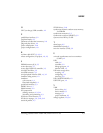
Getting Started with ADSP-BF548 EZ-KIT Lite 7-9
Creating A Bootable Application
Example 8: Loading
This chapter’s example project (Example_8.dpj) reuses much of the code
from previous examples to create a simple VDK and SSL/device driver
based application that displays a series of .bmp images on the LCD screen.
Each image has an optional audio caption, held in a .wav file and played
through the audio output socket whenever the image is selected. Image
selection is under user control from the keypad.
Note that you must have built and run the example 5 project according to
the instructions in Chapter 4, “Using ADSP-BF548 EZ-KIT Lite As A
Mass Storage Device” on page 4-1, in order for example 8 to have images
to show and captions to play.
The Example_8.dpj project is supplied ready to create a loader file, as
described in “Creating a Loadable Program File” on page 7-3. The
Example_8.dxe file from which the loader file is built is retained by the
build process, however. After building the project, but before using the
Flash Programmer, use VisualDSP++ to load the executable file into the
EZ-KIT Lite via the File–>Load Program menu command. Now you can
run the program to check that the application works.
The application first displays an instruction screen, as shown in
Figure 7-4.
The instruction screen shows the action associated with each of four but-
tons on the EZ-KIT Lite matrix keypad. Note that the main purpose of
the Redisplay Current Image action is to replay any audio caption associ-
ated with the current .bmp file. Also note that exiting the program does
not stop the processor: each VDK application thread terminates, but the
VDK system’s idle thread continues running.



